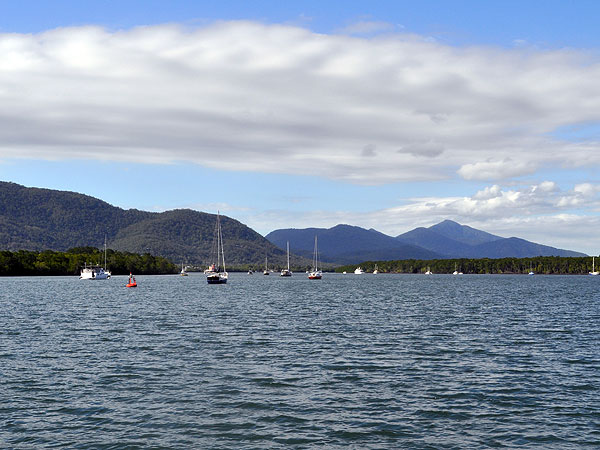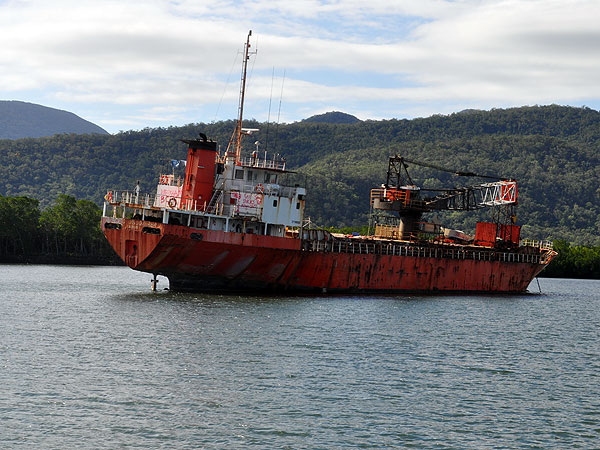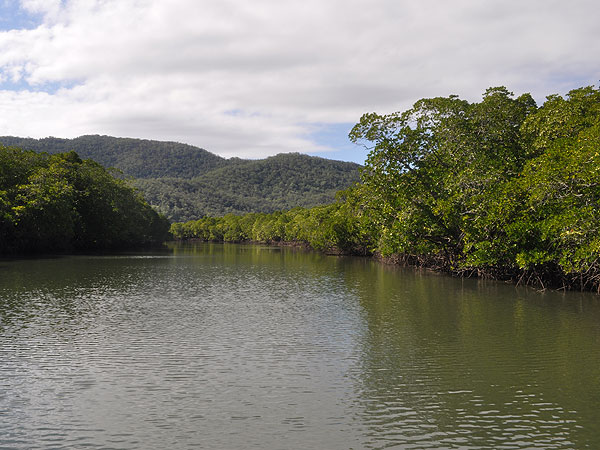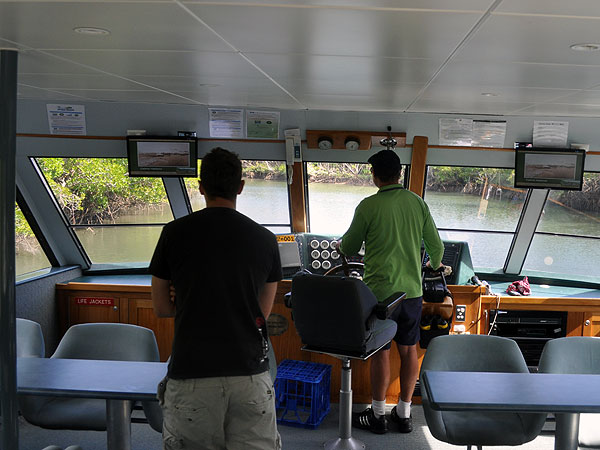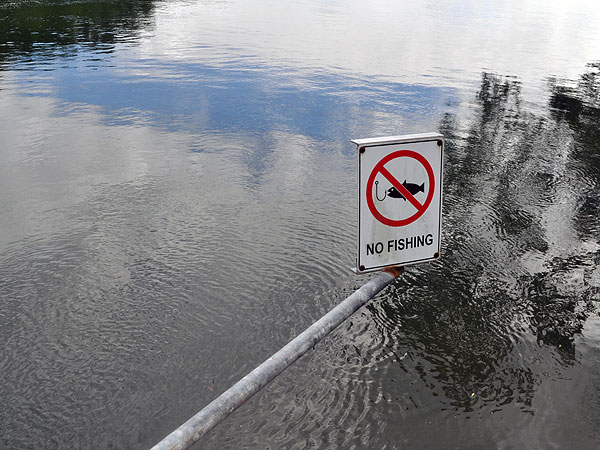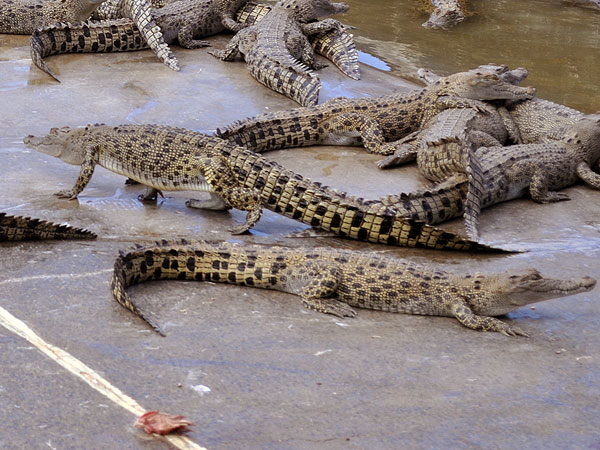
Crocodile Explorer Wilderness Cruise Trip Review
Cairns Dive Adventures Trip Review
Crocodile Explorer Wilderness Cruise and Crocodile Farm is an ideal way to spend half a day in Cairns, once you have visited, dived and snorkeled the Great Barrier Reef. Trinity Inlet is a stunning tidal estuary, providing an important breeding and nursery habitat for many Great Barrier Reef fish species, including the Bat fish. The…
Crocodile Explorer Wilderness Cruise Trip Review
Trip Review By: Julie
Crocodile Explorer Wilderness Cruise and Crocodile Farm is an ideal way to spend half a day in Cairns, once you have visited, dived and snorkeled the Great Barrier Reef. Trinity Inlet is a stunning tidal estuary, providing an important breeding and nursery habitat for many Great Barrier Reef fish species, including the Bat fish. The tour departs at 9.30am or 1.30pm and includes a river cruise and crocodile farm tour, accompanied by an informative commentary.
Our half tour commenced with check-in at Cairns’ Reef Fleet Terminal at 9am, for a 9.35am departure. Crocodile Explorer is a well maintained, spacious and comfortable catamaran with air-conditioned interiors and exterior sundeck and bow. The friendly crew welcomed us aboard, providing fresh tea and coffee: we helped ourselves to some delicious mini muffins and fresh fruit.
Pulling back from Cairns’ Marlin Marina, Crocodile Explorer commenced its journey into the mangroves of Trinity Inlet. An informative commentary was provided and easily heard throughout the boat, thanks to numerous speakers. We were told the history of Cairns’ marina and its recent re-developments and given a running commentary of Cairns’ city features, as we passed them by at a comfortable and leisurely pace.
Admiralty Island lies ahead, in the middle of Trinity Inlet. Once used as a navy base in World War II and home to Flying Catalinas, Admirality Island is now a part of the heritage protected Trinity Inlet and has been left to naturally revegetate.
Turning left, Crocodile Explorer passed many moored boats and house boats, set against a backdrop of lush and impentratable mangroves. This really is a calm water cruise and is perfect for families with young children, older visitors, mobility impaired guests and anyone who suffers motion sickness.
The mangroves intrude into the calm, green waters of Trinity Inlet. Native birds dart overhead, small crabs scurry through the mud and mud-skippers can also be seen. It is a stunning day in Cairns, the blue sky is startling clear, the breeze a little crisp and the green surrounds a peaceful cocoon.
Soon we are passing a large orange boat Pacific Discoverer which our guide tells us has been resting here in Trinity Inlet for a number of years. Apparently, it sits in the deepest part of the inlet (18m) and without human use and care, it has fallen to neglect and is now providing a perfecting roosting place for an Osprey.
Continuing up the inlet, we come across a large ferry which is resting on dry land, perched high in someone’s front garden. Our guide informs us the ferry is an old Manly Ferry from Sydney, now resting in tropical North Queensland. Fitting really, seeing as so many make the sea / sun change to head north for retirement. We also see the smallest slipway in Cairns, known as Smithy’s Slipway.
In total contrast, the next item on our viewing list is a house boat, artfully created to look more like a floating house than a boat. Not somewhere I would like to take up residence, but an interesting find in the interior waters of Trinity Inlet.
Many Cairns residents are taking advantage of the stunning weather to be out fishing. Apparently, the fishing in Trinity Inlet is quite good with regular takes of Mangrove Jack, Salmon, Brim, Whiting, Flathead and even the occasional Barramundi.
Heading down a smaller tributary, Crocodile Explorer is soon surrounded on both sides by mangroves. Before long, we spot of our first wild crocodile. Pretty exciting, especially for the children on board. Our guide tells us that females grow up to 2-2.5m long, while males are larger, growing up to 6m. Apparently, they can descend to a depth of 10m and stay underwater for up to two (2) hours, before having to surface for air.
Trinity Inlet was named by Captain James Cook, who landed at its mouth on Trinity Sunday, hundreds of years ago. It occupies 300 square kilometers, with 3,800 hectares of mangroves, which are a protected species in Queensland. This area is critical to the health of the Great Barrier Reef, acting as both a sediment trap (capturing and holding the soil run-off from the surrounding landscape and mountains) and providing a sanctuary for up to 75% of fish from the near-by Great Barrier Reef and surrounding river systems, at some stage in their lives.
Continuing our journey, deep to the interior of Trinity Inlet, we see more two more crococdiles in the wild, sunning themselves on muddy banks. There are believed to be around 20 crocodiles residing in Trinity Inlet, all of which are under 5m.
As Crocodile Explorer reaches its final destination, a mooring a short drive from the Cairns Crocodile Farm, we see one more small crocodile, really well camouflaged against the muddy banks.
Leaving the boat at around 11am, we transfer to an air-conditioned coach to commence our Crocodile Farm tour. Entering the farm, the coach drives slowly past the breeding ponds and we quickly see a monster, saltwater crocodile resting against the bank. Our guide tells us that all crocodiles in the breeding area are from the wild and have been captured and relocated here. They are protected.
The breeding area occupies 13 acres and is home to around 130 a crocodiles, at a ratio of four (4) females to one (1) male. Each year, the breeding grounds produce around 5,000 crocodile eggs, which are harvested, incubated and used on the crocodile farm.
The coach stops and we are allowed to admire the crocodiles, from a safe distance of course and behind a fence. The large pool in front of us has around 23 crocodiles either swimming in the water, or sunning themselves on the banks.
Our guide tells us that in the wild, the survival success rate for a baby crocodile reaching maturity is around 1 in 300. Obviously in a farm environment, this success rate is much higher and Cairns Crocodile Farm currently has around 20,000 crocodiles.
What does it do with them? The crocodiles that have been bred on the farm are used to make crocodile products, such as wallets, briefcases, belts and shoes. The meat is largely exported to Europe, for human consumption. Even the crocodile blood is used, for medical research.
Cairns Crocodile Farm has four main areas, the breeding grounds, crocodile hatchery, juvenile enclosures (for crocodiles aged 1-4) and teenage enclosures. Only those crocodiles bred on the farm are used commercially and all animals are killed only on order, not on speculation. The tour ends at around 12pm, with our air-conditioned coach returning the 20 guests back to Cairns’ Reef Fleet Terminal by 12.45pm.
THE VERDICT: The Crocodile Explorer Wilderness Cruise and Crocodile Farm half day tour provides a very different perspective on Cairns and Tropical North Queensland. The calm water cruise through Trinity Inlet is gentle and lovely. The commentary is very informative, both on the history and heritage aspects of your surrounds, but also on the mangroves and environment. The tour of the Crocodile Farm was conducted mainly from the bus, with only one opportunity to get out. This is a great way to spend half a day, exploring a different side of Cairns.
Sorry, we couldn't find any posts. Please try a different search.
Trip Review Photos:
Search for Tours:
Categories:
Recent Posts
Cairns Reef Information
Click the links below to find out more.
Quick Jump
Do you need help choosing a trip?
Can't decide? We have personally been on every Cairns reef and diving trip. We can help you choose the best tour, to suit your experience and budget.
Special
FREE UNDERWATER CAMERA HIRE*
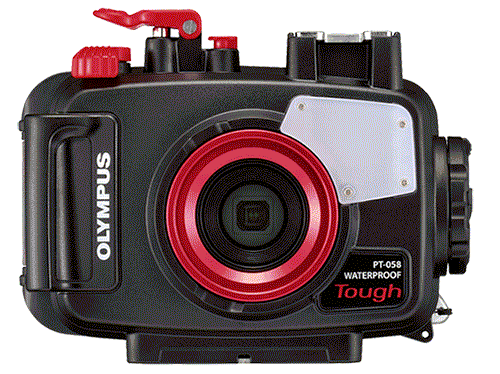
Spend over $550.00 AUD on your Great Barrier Reef tour with us and receive the latest Digital Underwater Camera Hire. Take amazing High-Resolution images and 1080 HD Video. Only when you book online thru our website.
Not available for any tours to the Islands as fine white sand damages the seals on the cameras and makes them leak!
You need to come into our shop located on the Cairns Esplanade the day before departure to pick up the camera before 5:30 pm. You also need to supply your own SD Camera Card and drop the camera off back at our shop before 5:30pm.
Please Remember there is no other way to collect our cameras! All passengers must come into our shop the day before departure day before 5:30 pm.













